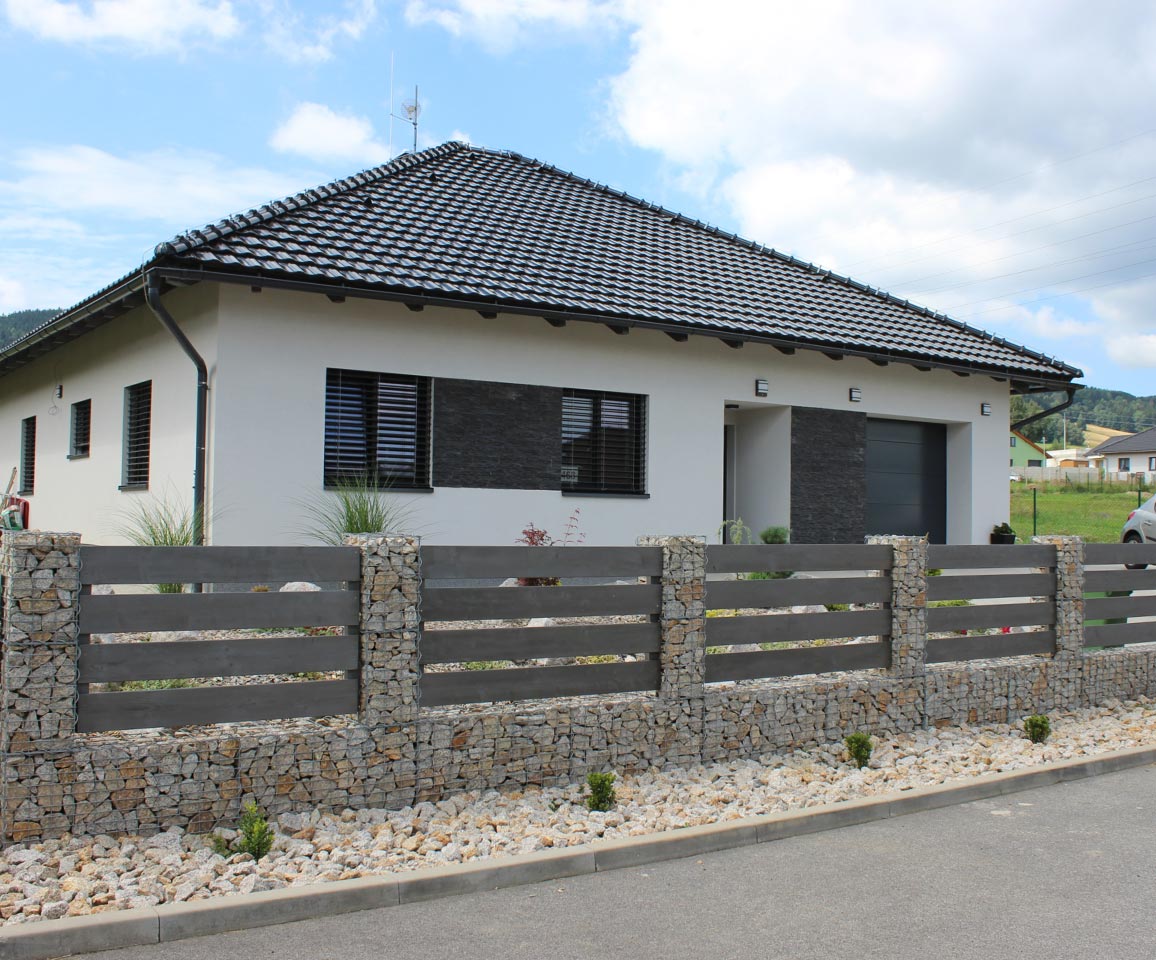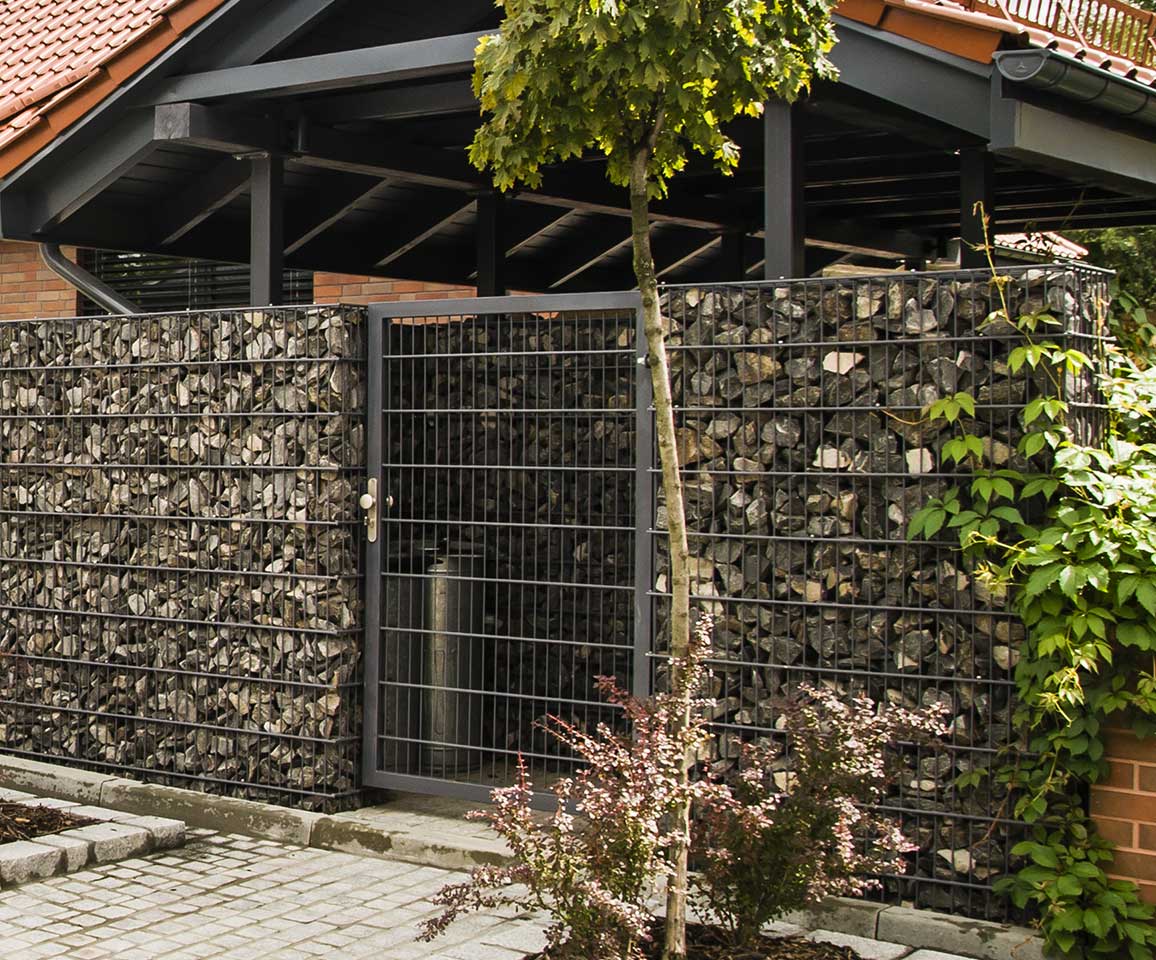Why Property Owners Are Investing in Gates to Mark Territory and Manage Traffic Flow
Why Property Owners Are Investing in Gates to Mark Territory and Manage Traffic Flow
Blog Article
Gates as Gatekeepers: Establishing Ownership and Controlling Entry with Style and Strength
Gates have been used for decades to serve double purpose in residential and commercial spaces -- marking boundaries and managing access. Nowadays, they're more than functional structures; they are architectural declarations that demonstrate ownership, responsibility, and security. If they are placed at the entryway of a private home or commercial establishment, or a large estate, a gates (brány) sends a clear message: this property is defined, maintained, and under control.

From a perspective of boundary Gates are the final visual and structural element that ties in fencing and landscaping to establish the boundary of a property. They symbolize more than the lines on an image. A well-designed gate confirms to those who visit it that the area beyond it is secure or private, helping reduce confusion about the boundaries between public and private space begins. For homeowners, this gives peace of mind. Businesses can benefit from operations by keeping the property tidy and restricting access to unnecessary areas.
Controlled access is one of the key roles gates play, especially in settings where security and safety are top of the list. With the rise of automated gate systems, keypad entries, and sensors-driven gates, the gate is no longer simply opened and closed with a hand. Property owners are now able to control entry remotely or within the building. This decreases risk, restricts visitors who aren't invited, and enhances overall safety for employees, residents, as well as assets.
In many instances, the presence of a gate also prevents accidental intrusions. It creates a psychological barrier that blocks access to unauthorized persons even before a physical barrier is in place. This is crucially important in residential neighborhoods or in rural settings, where clearly marked boundaries help prevent trespassing or unintended visits.

Moreover, the style and structure of a gate contribute to a property's aesthetic appeal. Gates made of wrought iron and wooden sliders as well as elegant aluminum designs make a statement about the design of the property and the style preferences of the proprietor. While functionality is paramount but the aesthetic effect of gates should not be underestimated. It adds curb appeal, improves architectural consistency, and adds long-term value to your property.
In the end, gates have an essential role in shaping the way property is perceived and secured. They define clear boundaries as well as strengthen ownership. They also allow control over who can come into and out. Whether for privacy, safety or just to organize gates are not just structural features they are active participants in the management and management for any building. Report this page